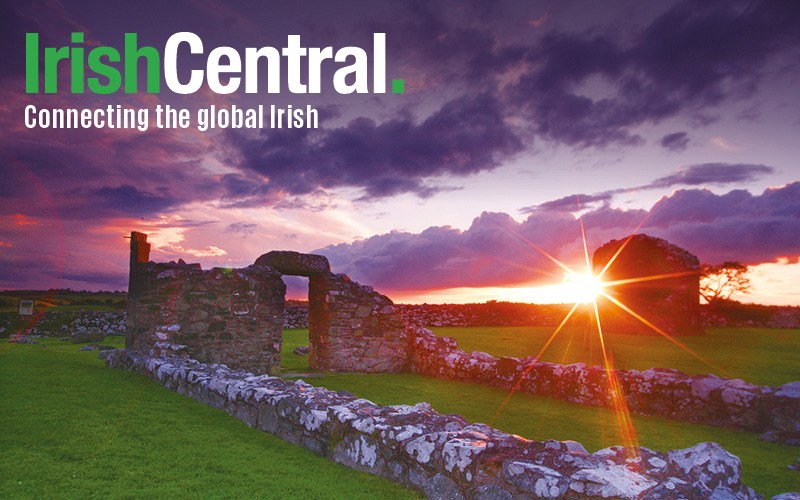One of the most popular Irish-themed movies of all time is John Ford’s "The Quiet Man." And although it was made 30 years after his death, Michael Collins has a connection.
The film is populated with Abbey Theatre actors such as Jack MacGowran, Samuel Beckett’s favorite actor (he plays the little squint, Feeney). But two erstwhile Abbey players stand out – perennial scene-stealer Barry Fitzgerald (Oscar winner for "Going My Way") and his brother, the great character actor Arthur Shields, who played the Protestant minister, the Reverend Mister Playfair.
The Shields Brothers were born in Dublin on Walworth Street – coincidentally the home to Róisín O’Mahony, Eoin Kavanagh’s love interest in "The 13th Apostle." The building today is right next to the Jewish Museum and contains a plaque commemorating it as the birthplace of Fitzgerald, whose real name was William Joseph Shields. And although the Shields brothers made a living in Hollywood playing Catholic priests, both were in fact members of the Church of Ireland.
On Easter Monday 1916 Arthur Shields, a member of the Irish Volunteers, went to the Abbey Theatre, retrieved his rifle from under the stage, and joined James Connolly around the corner at Liberty Hall. He ended up in the GPO with Connolly, Pearse, Clarke, MacDiarmada – and one Michael Collins.
After the surrender, Shields found himself imprisoned with Collins, first at Stafford Prison in England, then later at the Frongoch prison camp in Wales. Like Collins, he was released at Christmas 1916.
I have come across a photo of rebels taken at Stafford Prison. I think I may have been the first to identify Arthur Shields – he is, I believe, on the extreme right and Collins is fifth from the right.
So the next time you see "The Quiet Man," remember that the Reverend Mister Playfair was a friend of Michael Collins and one ferocious Fenian himself!
Dermot McEvoy is a best selling author whose latest book on the Michael Collins era is available on Amazon.
Here's the trailer for "The Quiet Man":
*Originally published in March 2014
Love Irish History? "Like" IrishCentral's History Facebook page now and you'll never miss an update again!




Comments